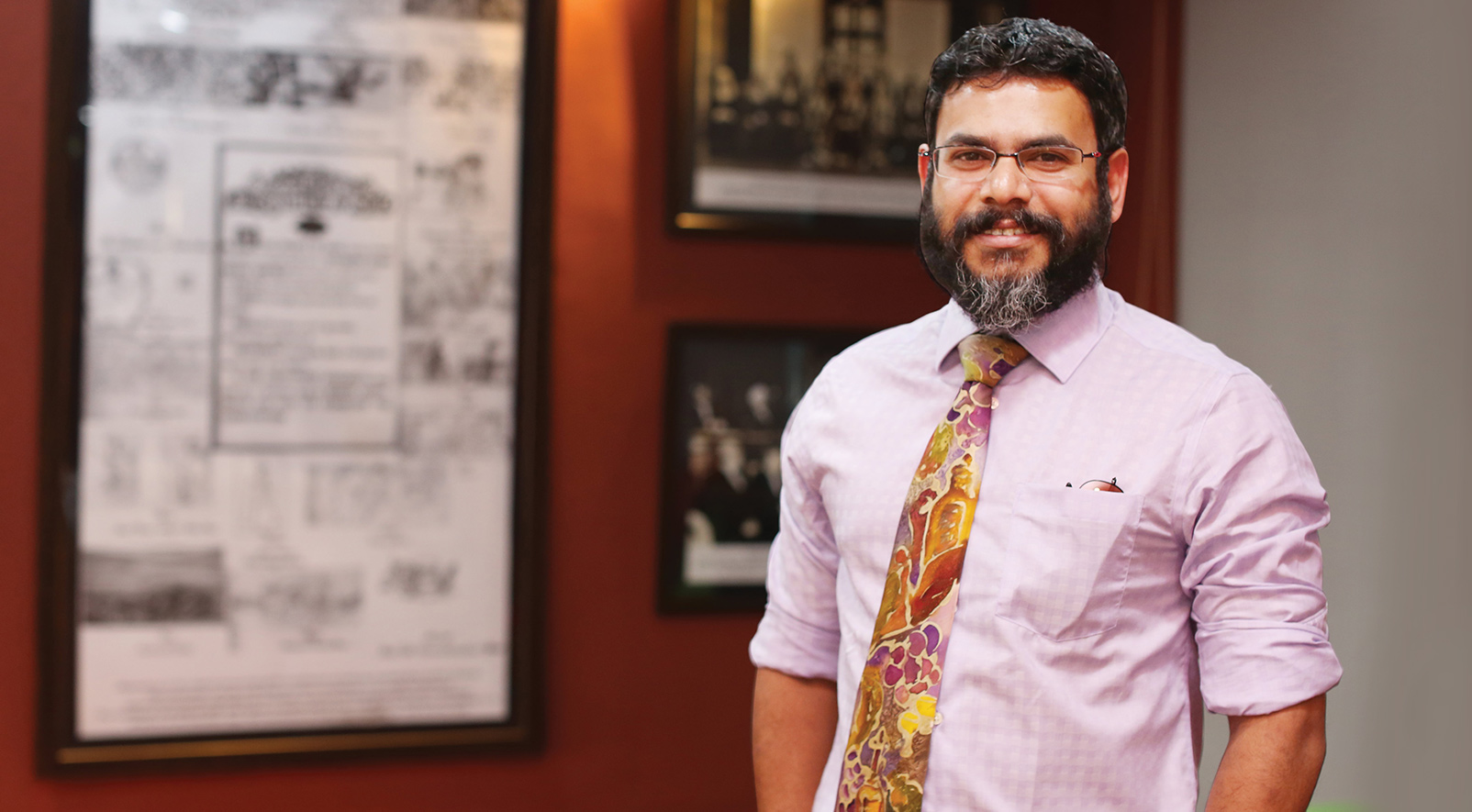The ongoing pandemic has affected us all. While some sectors have been affected more than others, none more so than education. Schools and colleges have traditionally been spaces of close, intimate learning – ripe breeding grounds for respiratory illnesses. As a result, schools, colleges and other educational institutions were one of the first to shut down and move to online operations in March 2020.
The Challenge
Online teaching and learning comes with its own set of problems, chiefly amongst which is access. Millions of families in India may not be financially able to procure even one, let alone multiple, internet communicators in the form of smart phones, tablets and laptops. As a result, we must firstly acknowledge our privilege when reading this article on the Internet.
For those of us who were privileged enough to be able to start teaching and learning online, we immediately stumbled into another set of problems, one of which was student engagement. When we started teaching online in March 2020, much like many other educators, I quickly realized that students would be less than willing to switch on their webcams, perhaps for good reasons. Many students would prefer not to open up their homes and personal spaces for fear of ridicule. As educators, we also depend upon non-verbal, visual cues from our students. The briefest of glances, the minutest nod, a smile, a tilt of a head, a pair of raised eyebrows all indicate to us whether the student is intellectually part of the class or needs additional help. This has not been possible in an online class. While in physical classes, teachers use the classroom space and physical actions to enact, place emphasis and engage with students. In an online space, this is near impossible.
As a result, student engagement and intellectual attendance in online teaching seems to have been low. Through this article, I’d like to share my experiences in teaching online and an experiment that seems to have worked.
I teach elective courses in law at the Jindal Global Law School, O.P. Jindal Global University. My courses are based on the practical application of corporate law and usually require a high level of intellectual engagement. Using the Socratic method, my classes are driven by discussion, rather than unilateral lectures. When I realized that simply changing the delivery of classes from a physical to an online mode wasn’t generating student interest and engagement, I flipped the classroom. This process involved three steps – creating video content for my course, offering self-assessment assignments and in-depth tutorials with smaller groups of students.
The Experiment
I began by video-recording lectures which covered the basic syllabus and enough content for the student to cover all aspects of the subject matter. These lectures were kept precise enough to leave room as well as triggers for classroom discussion. One may intersperse the main video recording with images, other videos, slides using very basic video editing software (I used iMovie for Mac).
Then, with the help of my assistant instructor, we put together short MCQ quizzes which covered the content for each lecture. These quizzes were not part of the formal assessment of the course, but were more to challenge the student as to whether they had engaged with the video content and more importantly, understood the concepts taught.
Our university uses the Microsoft Office suite at the institutional level. Every week, we shared the video content on MS Stream (equivalent to YouTube) and used MS Forms (equivalent to Google Forms) to put up the quizzes. Approximately 75% of students completed the quizzes, even though they didn’t count towards their final grade in the course!
We then broke the class down into smaller groups – no more than 6 students each. We met each of these groups on a weekly basis where we would offer them hypothetical fact situations which required the knowledge and application of the concepts taught through the video. We would also offer them short, in-class assignments to push their understanding of these concepts.
The Results
In a larger group, many students will leave classroom participation and engagement to others leading to a ‘tragedy of the commons’ problem. We realized that smaller groups are easier to manage pedagogically and more likely to engage with each other and the faculty because of a close-knit, intimate setting. We also achieved a high level of attendance (approximately 95%) for each of these tutorial meetings and students were more likely to switch on their webcams voluntarily – my University does not mandate students to switch on their webcams.
Towards the end of the course, students remarked how they had participated and engaged with this course more than others. Some mentioned that they participated more in this course than they would otherwise, even in a classroom setting. We were originally expecting students to engage with the online video content only. However, students were enthusiastic about engaging with what they had learnt through the video in the tutorial meeting instead.
As a result, a combination of asynchronous learning, coupled with weekly tutorials seems to have worked well. Of course, this method has its limitations. For educators handling a large number of students, the tutorial group sizes could be made larger which will tend to have a significantly lowered class engagement.
While we look forward to the end of this pandemic, it is also hoped that this method may prove to be useful to other educators. A further application of this method could be useful in regular, physical classes as well. We could consider creating and sharing video content in advance and then have smaller physical tutorial meetings in future semesters.
Prof. Arjya B. Majumdar
Dean, Admissions & Outreach


